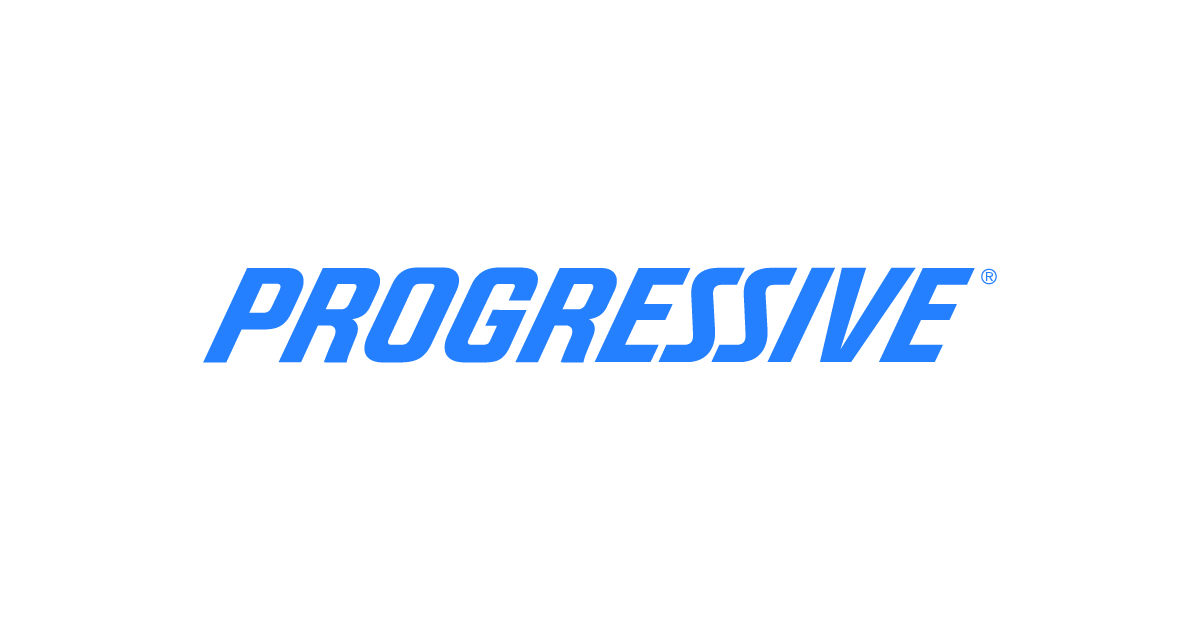Do you know what your car insurance really covers? While many people may select the coverage amount that’s required in Nevada, they often don’t know what it actually means in the ...
Do you know what your car insurance really covers? While many people may select the coverage amount that’s required in Nevada, they often don’t know what it actually means in the event of an accident or if it’s truly enough coverage. “In most cases, my clients are not aware of what coverage they have on their auto insurance policy,” said Nick Pomponio of Pomponio Injury Law. “Many times, they say, ‘I have full coverage,’ but, in reality, they have the bare minimum to get their vehicle on the road.” Understanding your car insurance will help ensure you’re protected.
In Nevada, the minimum bodily injury coverage is $25,000/$50,000. The minimum property damage coverage is $20,000. This means your auto insurance will pay any one injured party a maximum of $25,000 and $50,000 maximum for the entire accident, regardless of how many individuals are involved. With regard to the property damage coverage, your auto insurance will pay a maximum of 20,000 per accident.
Most auto insurance carriers provide alternatives to these minimum amounts, meaning you are able to increase the amount of coverage you have on your policy. By doing so, your auto insurance premiums will also increase, but at the end of the day, you want to make sure you have sufficient coverage that protects you in the event you are at-fault for an accident.
“I advise all of my clients to also add uninsured/underinsured motorist coverage and medical payment coverage to their policy. These types of coverage are sometimes not offered to you by your auto insurance agent/salesperson unless you ask about them. However, they are both very important to have, and sometimes can save you in a bad situation,” Pomponio said.
Uninsured/underinsured motorist coverage will provide coverage to you and your passengers when the at-fault party either does not have sufficient coverage or no coverage at all. For example, if you are involved in a hit-and-run accident, wherein the other driver/vehicle are never found, you would be able to recover for your injuries. Another example: If the at-fault party has only $25,000 of liability coverage available, but your case is arguably worth more, you would be able to recover more from your auto insurance policy. Medical payment coverage helps pay for you or your passengers’ medical expenses if you are injured in an accident, regardless if you are at-fault or not.
/umbrella-2904775_1920-d61c2ad2409a446aab33a7c0a9080607.jpg)





















